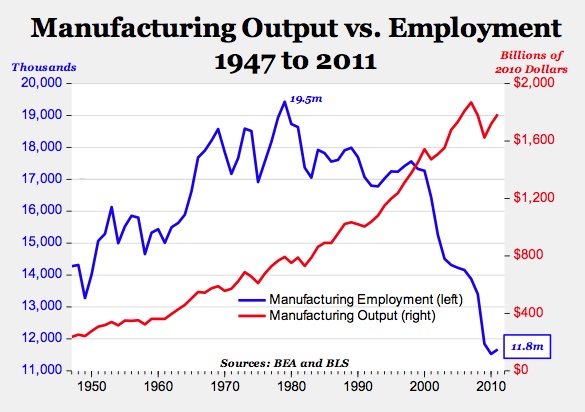Injury rates are plummeting, insurance premium rates are flat or dropping, medical costs are down as well.
This morning Todd Foster of WorkCompCentral reports big rate decreases in Louisiana and Texas and a slight decrease in Georgia. This comes on the heels of drops in most other southern states, some well into the double digits.
Out of 36 states reviewed by NCCI, all but four will get rate decreases.
In Texas, a drop in energy service employment is one factor; this is a high-severity, high-frequency industry (injuries are worse and occur more often than in other industries).
Another article in WCC reported that American Financial’s work comp results improved due to “prior year loss development” improvements. In English – claims costs for last year came in lower than they predicted.
Injury rates are continuing to decrease every year. Medical costs are flat or down slightly. And, while wages are slightly higher, employers’ and taxpayers’ workers’ comp premiums are lower.
Make no mistake, this is good news for the three constituencies that matter – workers, employers, and taxpayers. Fewer workers are suffering the trauma and uncertainty of injuries. System costs are dropping for everyone.
There are a couple of things that could will change this.
If Congress and the next President (whoever that is) can work together (yes, I believe in the Easter Bunny too), there will be a massive investment in infrastructure in the near future. We’re talking hundreds of billions of much-needed spending on bridges, roads, rail, the energy grid, clean energy, broadband. With interest rates still right around zero, now is the time to finally fix stuff our legislators have avoided for decades over fear of political repercussion.
This work will take years, and as it is high-risk for workers, undoubtedly lead to more injuries.
Longer term, we can look to what’s happened in manufacturing to forecast employment trends in other sectors.
The US is the second largest manufacturer in the world – despite the decline in jobs in that sector, output is just slightly lower than China’s. Despite what any politician says, those “lost” jobs are NOT coming back. What’s happened in manufacturing will be felt in every other business and industry, from hospitality to transportation to health care.
What does this mean for you?
Workers’ comp is driven by macro factors.



